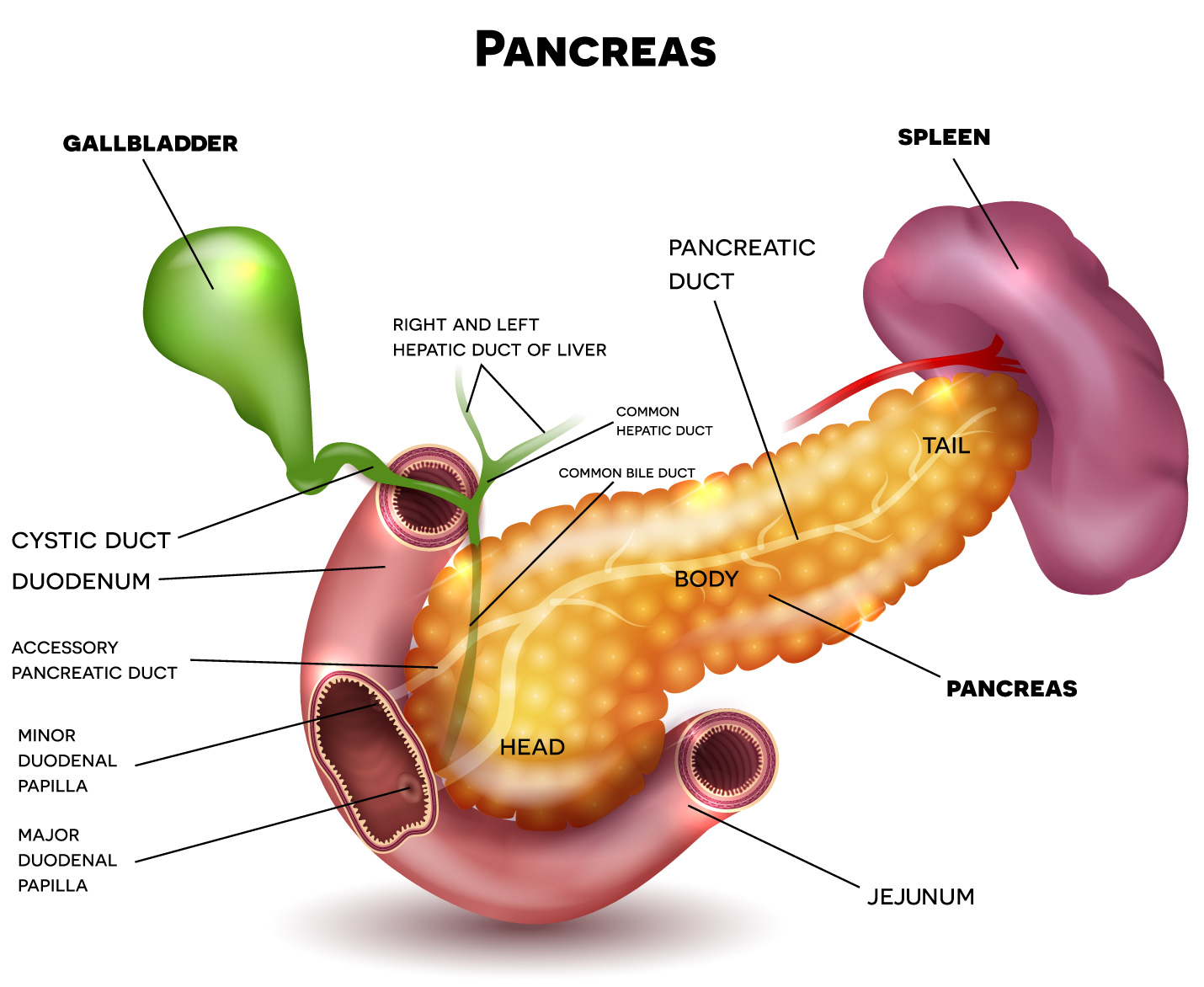I’m writing this for anyone who has frantically Googled the meaning of an unexplained ache or pain, sudden rash or new mole, abnormal blood test result, or other concerning medical issue.
Google is not a doctor, not even a mediocre doctor. The stark fact is, the internet is infested with irresponsible, egregious, horrifyingly misleading medical articles that should be taken down immediately.

Google’s algorithms may help us find a sofa or college roommate, but they’re god awful when it comes to giving us completely reliable medical information!
Despite doctor after doctor advising us not to use Google as a diagnostician, we can’t help ourselves. And, our fear increases with each article we read.
After my recent petrifying experience with Dr. Google, I have promised myself that I will not turn to it about medical matters ever again.
Consider my story: When my husband’s recent routine blood workup showed concerningly high liver enzyme readings, his internist recommended that he have an ultrasound of the liver, bladder and kidneys.
I immediately Googled the enzyme names and levels, and read that they indicated a good chance for liver disease. The laundry list of potential diseases included cirrhosis of the liver, hepatitis, blockage of the bile duct, and, of course, the big C!
Statins can also raise liver enzymes, so Douglas was instructed to stop taking them.
The ultrasound showed a dilated common bile duct and pancreatic duct, called “Double Duct Sign.” New recommendation: Douglas should have an MRI because the ultrasound didn’t fully visualize the pancreas.
UH OH! THE PANCREAS!!!!!!
Back to Google: “Double-duct sign is the combined dilation of the common bile duct and pancreatic duct, often caused by cancer of the pancreas,” read a National Institute of Health website, repeated on one website after another.
Even though Douglas didn’t have a single symptom of pancreatic cancer, 80 percent of the cases don’t show symptoms until it’s too late. But early-stage pancreatic cancer is no picnic either, and carries with it a grim prognosis. A complex and painful surgery would probably mitigate the disease, but not cure it.
This is when the situation went from bad to worse: The MRI confirmed the double duct sign, and also revealed a subcentimeter “lesion” near the “ampulla of Vater,” which is the juncture where the common bile duct and pancreatic duct meet.

New recommendation: An Endoscopic Ultrasound, which would involve a camera traveling through Douglas’s mouth to photograph his pancreas, the ducts, and the lesion. The doctor would take a biopsy during the EUS, which would determine what’s going on (AKA malignant v. benign).
Back to Google to learn about ampullary cancer, which turns out is less vile than pancreatic cancer, but nonetheless horrible, too.
As far as I could determine from my hours Googling and reading articles, studies, and charts, Douglas would be lucky to live a few more years, but god knows in what state.
Now the real fun began: I had to find NYC’s most experienced gastroenterologist to do the EUS. Using my finely honed research skills from decades of writing and reporting, I made countless calls, sent scads of emails and test results to pancreatic specialists, to a friend whose dad had a related cancer, and to an old friend, who happens to be a gastroenterologist.
“I hate to tell you this, Geri, but I think it’s cancer,” he said matter of factly, “but you won’t know definitively until the EUS is done.”
Our friend must be in cahoots with Dr. Google.
My wonderful internist at Mount Sinai in New York – Dr. Beuria – immediately got on the case and put me in touch with Dr. Satish Nagula, a world renowned gastroenterologist who performs EUS procedures everyday. His impeccable credentials – Yale Medical School, stint at Sloan Kettering, research papers, and much more – gave me a measure of comfort, even if Google did not!
After Dr. Nagula reviewed Douglas’s test results, he scheduled the EUS, which Douglas had yesterday.
Holding up a full color illustration of our GI organs – pancreas, liver, intestines, and kidney- after the procedure, Dr. Nagula explained what he found and where he found it.
Douglas DOES NOT HAVE CANCER or any of Google’s other dire predictions. The double duct sign had no relevance, Dr. Nagula emphasized right away. He sees it all the time, even when nothing is seriously wrong.
There’s a small round ball in the pancreatic duct, which is either a precancerous polyp or scar tissue, Dr. Nagula said. He will remove it at the beginning of September, after we spend a week with our son in Berlin and Copenhagen.
Colby lives in London, and hasn’t seen Douglas in almost two years. When I asked Dr. Nagula if we could still take the short trip abroad, he confidently said “yes.”
I’m firing Dr. Google. He’s a quack!

